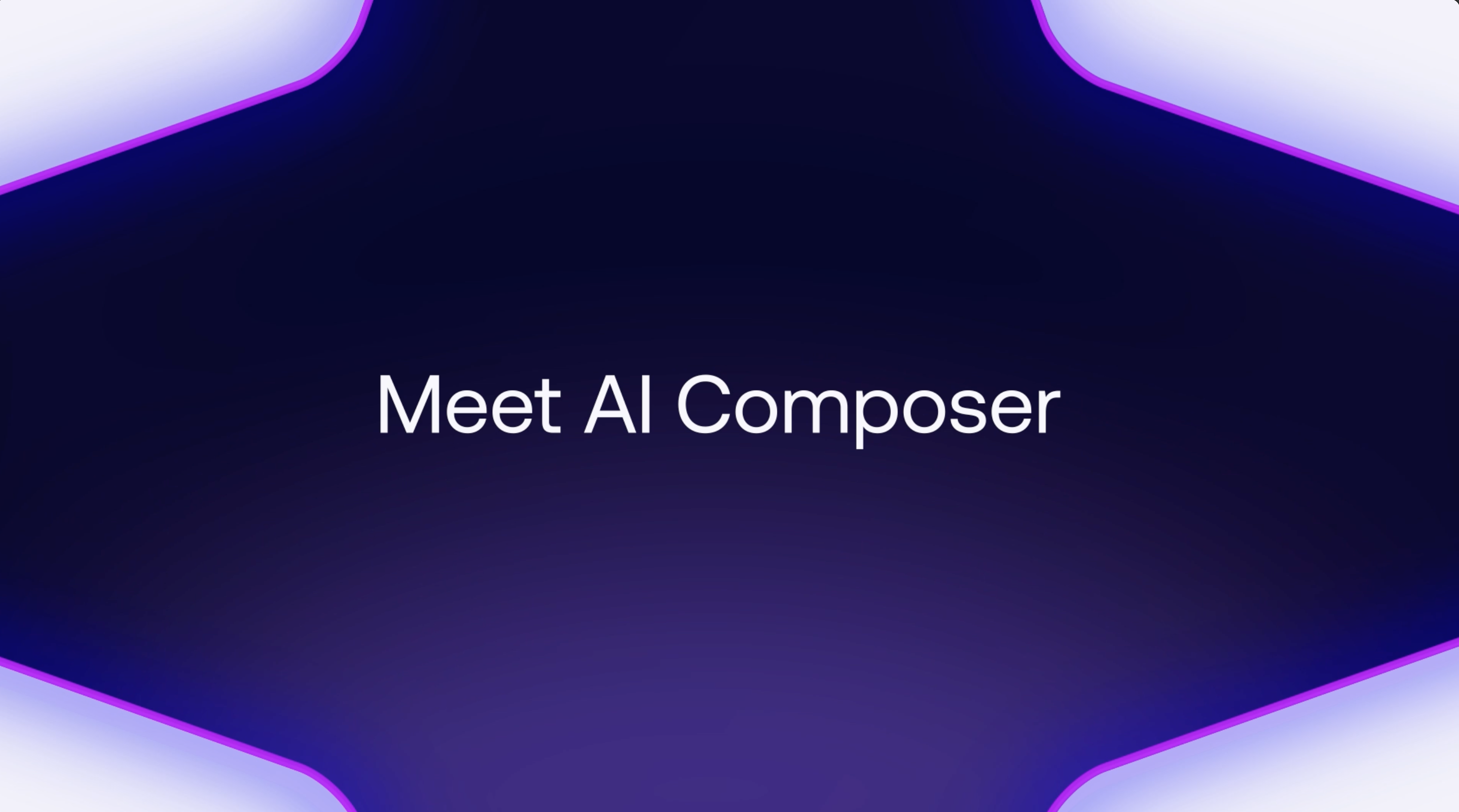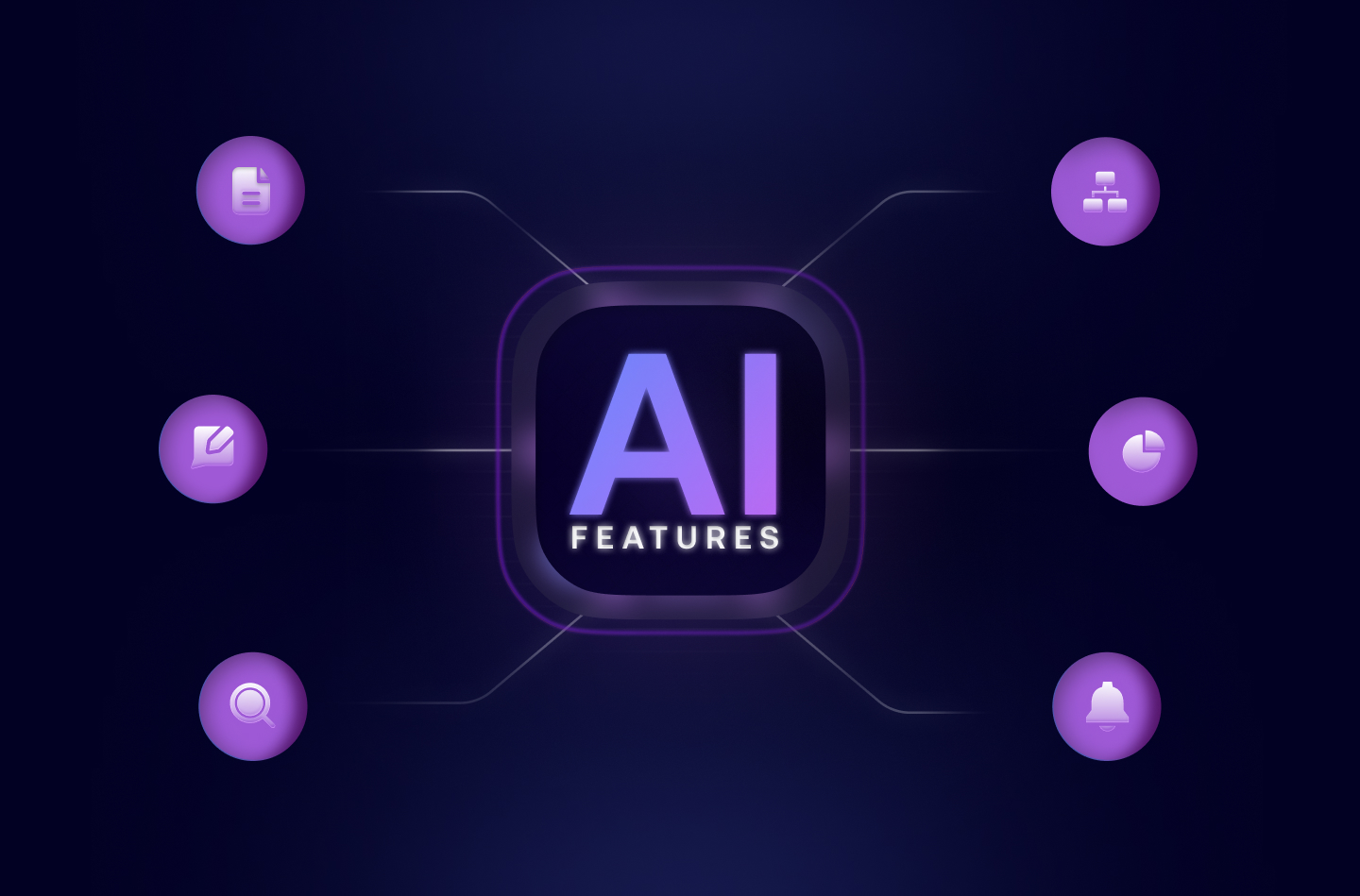Key takeaways
✔️ Obvious intent signals come too late -look up the funnel
✔️ Hiring, promotions and team growth are early signals of change
✔️ Real intent means understanding the full context behind the account
✔️ Good intent data brings back old-school account-based discipline
In this GTM Insider clip, from our recent pocast with Rob Harlow, Co-founder and Chief Innovation Officer at Sopro, explains why so many sales teams misunderstand intent signals.
Too many teams treat basic signals like a prospect visiting your pricing page, as proof they’re ready to buy. But by the time someone’s doing obvious research, the clock’s already ticking.
“Ultimately, if you can look at intent as being the fact that you’ve just bought a data set that says the sales director from Amazon is searching for a product in your category, great, but it’s too late by that point.”
— Rob Harlow, Sopro
Real intent starts earlier. Maybe the sales director just got hired, or promoted, or their team doubled in size last year. Those upstream signals tell you they’re heading for a buying moment before they even visit your site.
Rob’s view: modern intent should feel more like old-school account-based selling. Do the work. Understand your market. Spot the deeper shifts that show who’s moving towards a purchase, then meet them there, first.
FAQs
➜ Are pricing page views real intent?
Partly but they’re late-stage. You want to know what happened before they got there.
➜ What are good early intent signals?
New hires, promotions, funding rounds, big team growth, signs they’re gearing up for change.
➜ Why does upstream intent matter?
Because you get in first, shape the conversation and win trust before competitors show up.

.svg)
.svg)
.svg)
.svg)
.svg)
.svg)
.svg)
.svg)
.svg)
.png)
.svg)
.svg)
.svg)
.svg)

.svg)
.svg)
%201.svg)
.svg)
%201.svg)



.svg)




.png)













![How to Get Started with Buyer Enablement [With Examples]](https://cdn.prod.website-files.com/65cf4fecbed2754c2236665d/65cf4fecbed2754c22366bdb_65a5af83e742f76e34ce06f3_Customer%2520Onboarding%2520_%2520Everything%2520you%2520need%2520(2).png)
.png)



.png)



.png)












.png)


.png)


.png)
.png)







